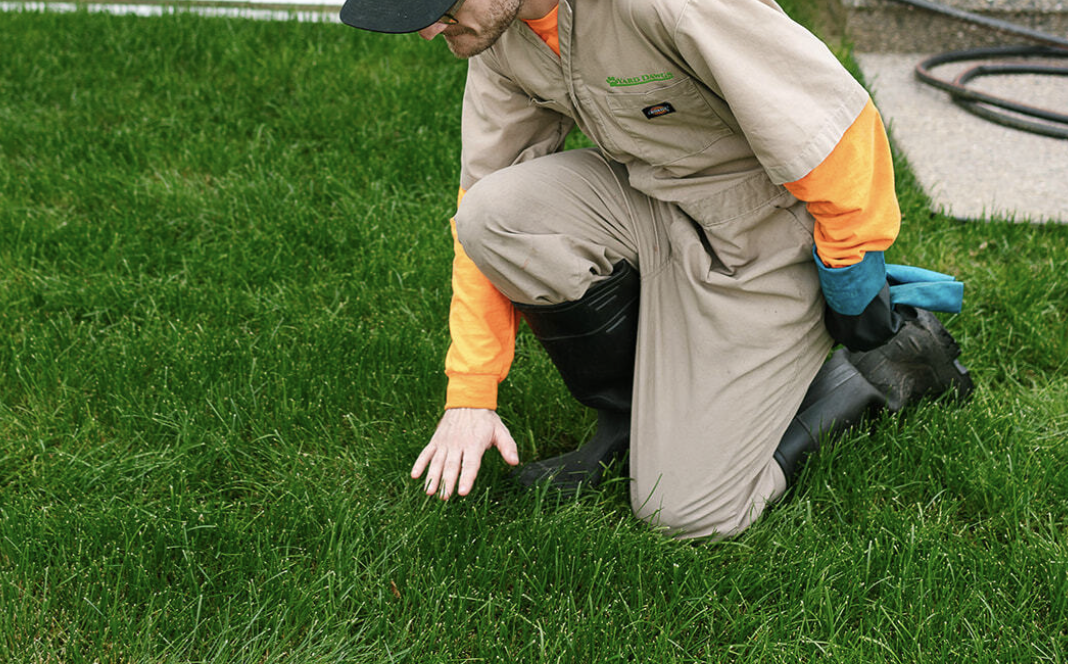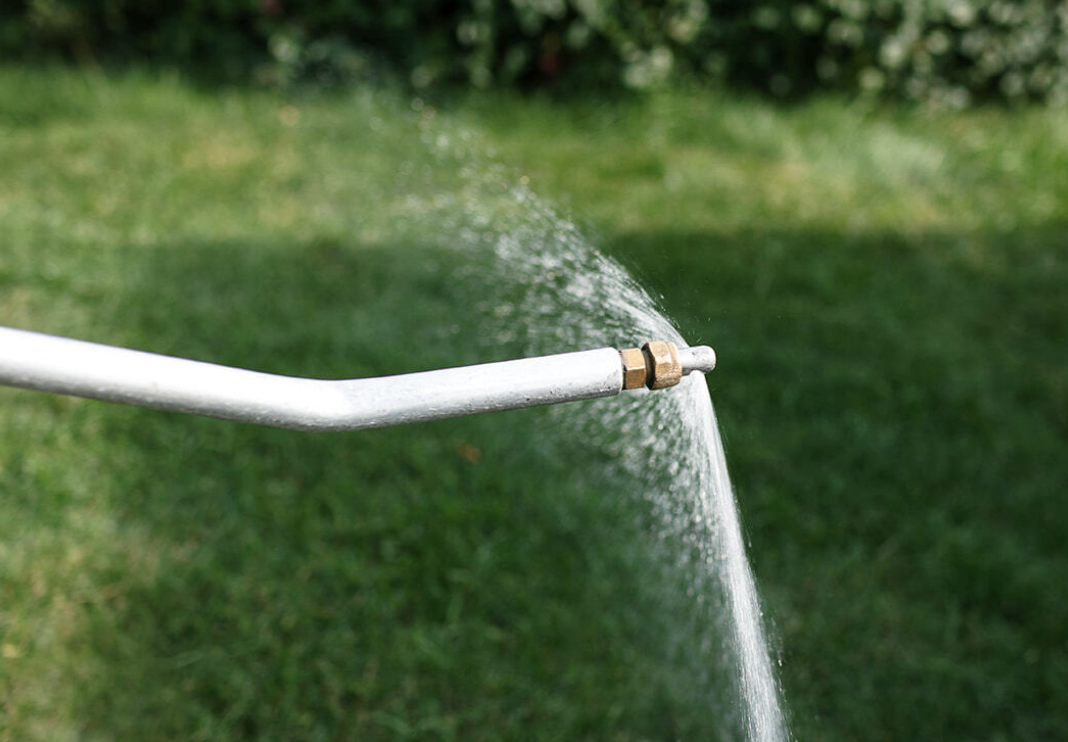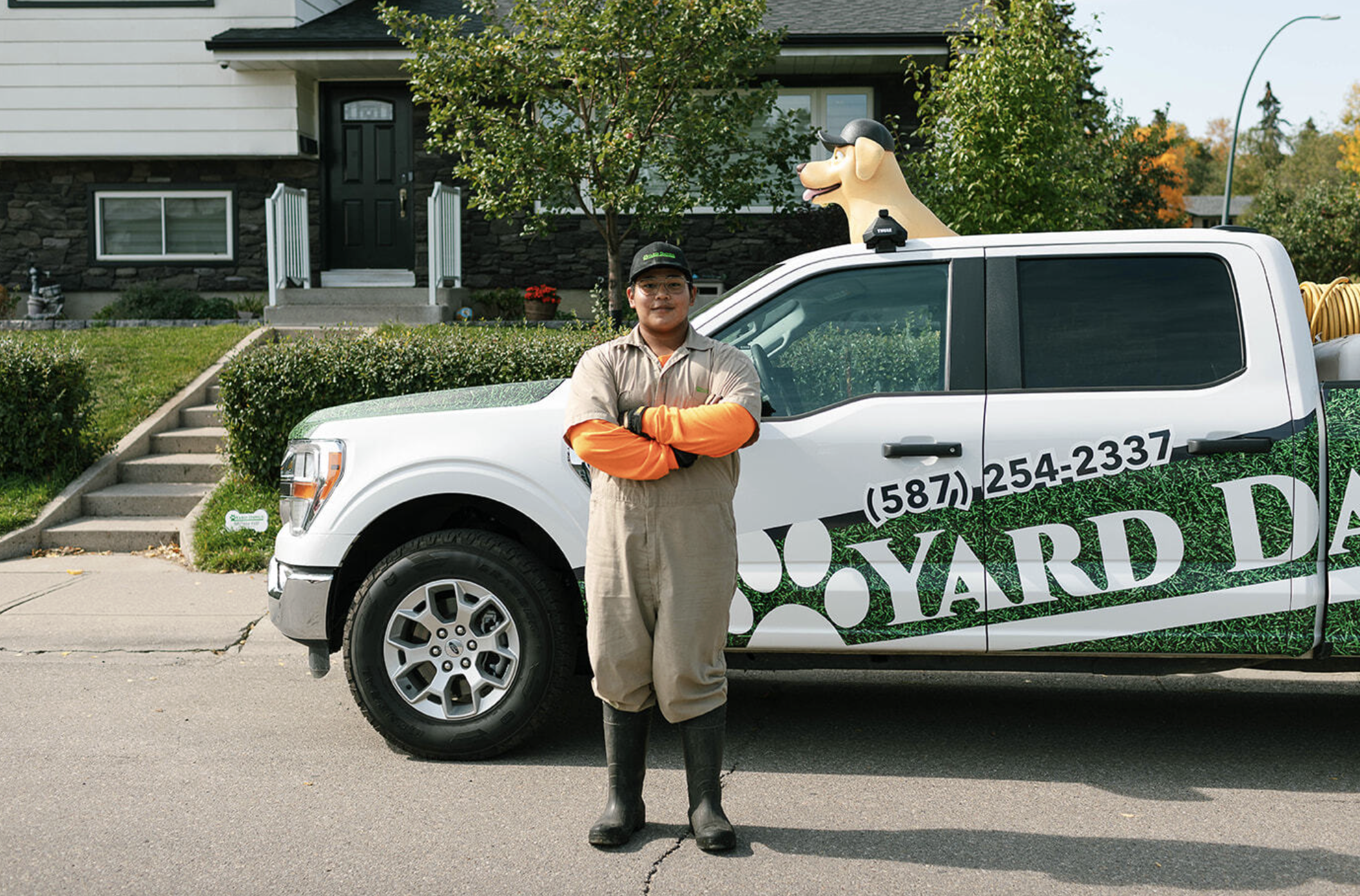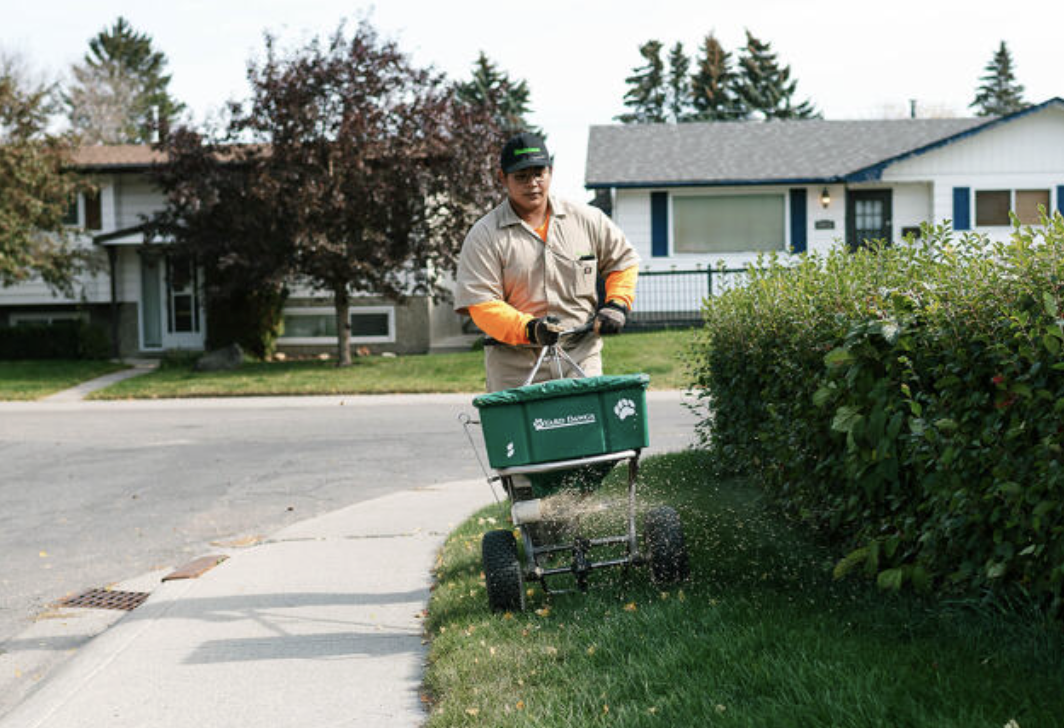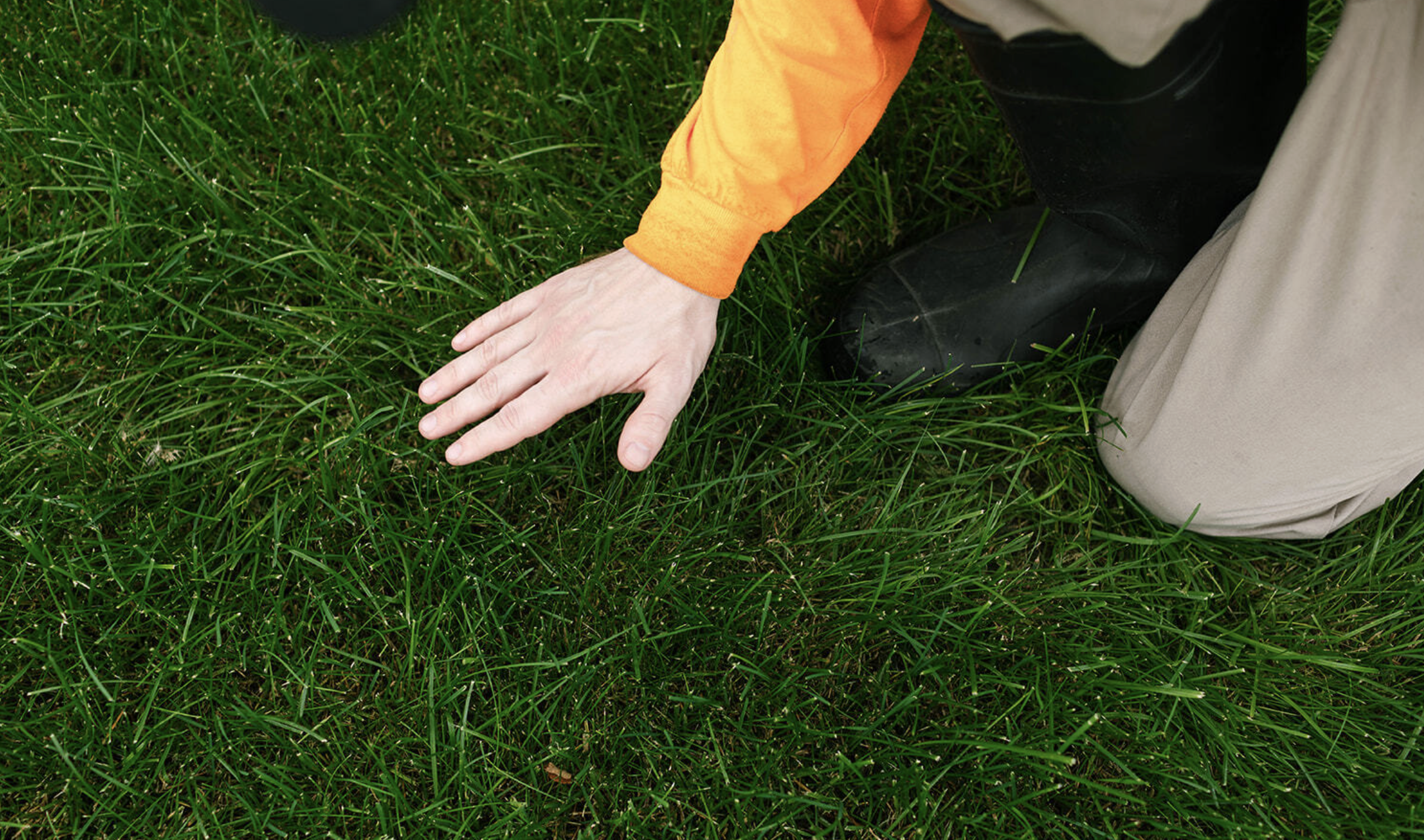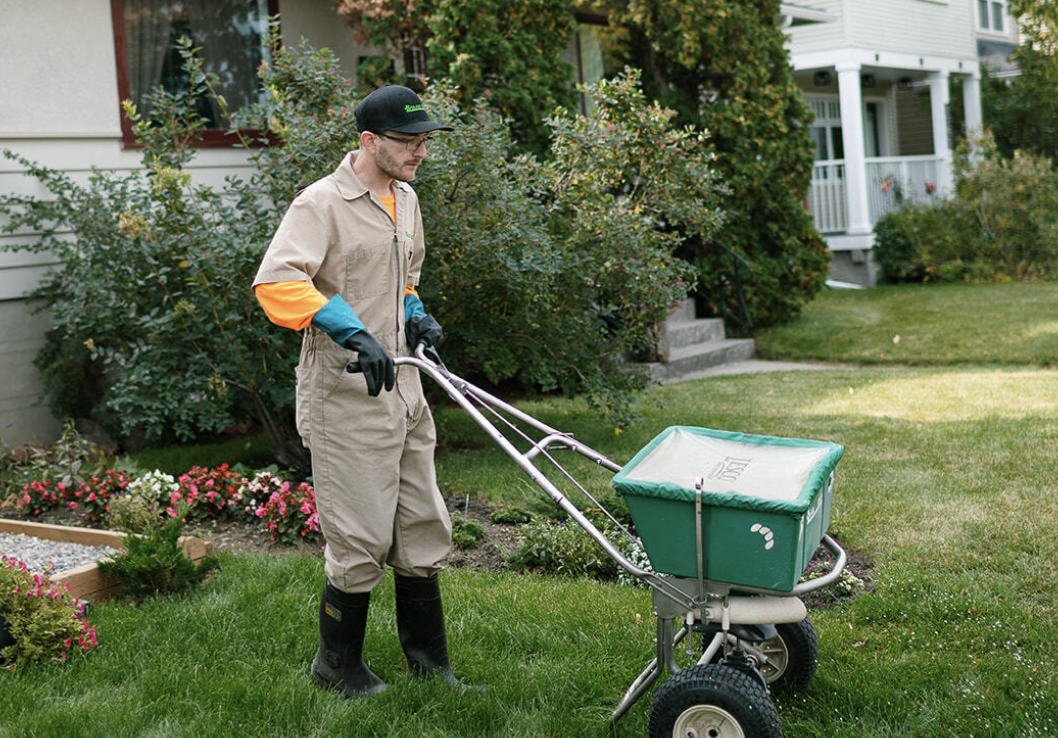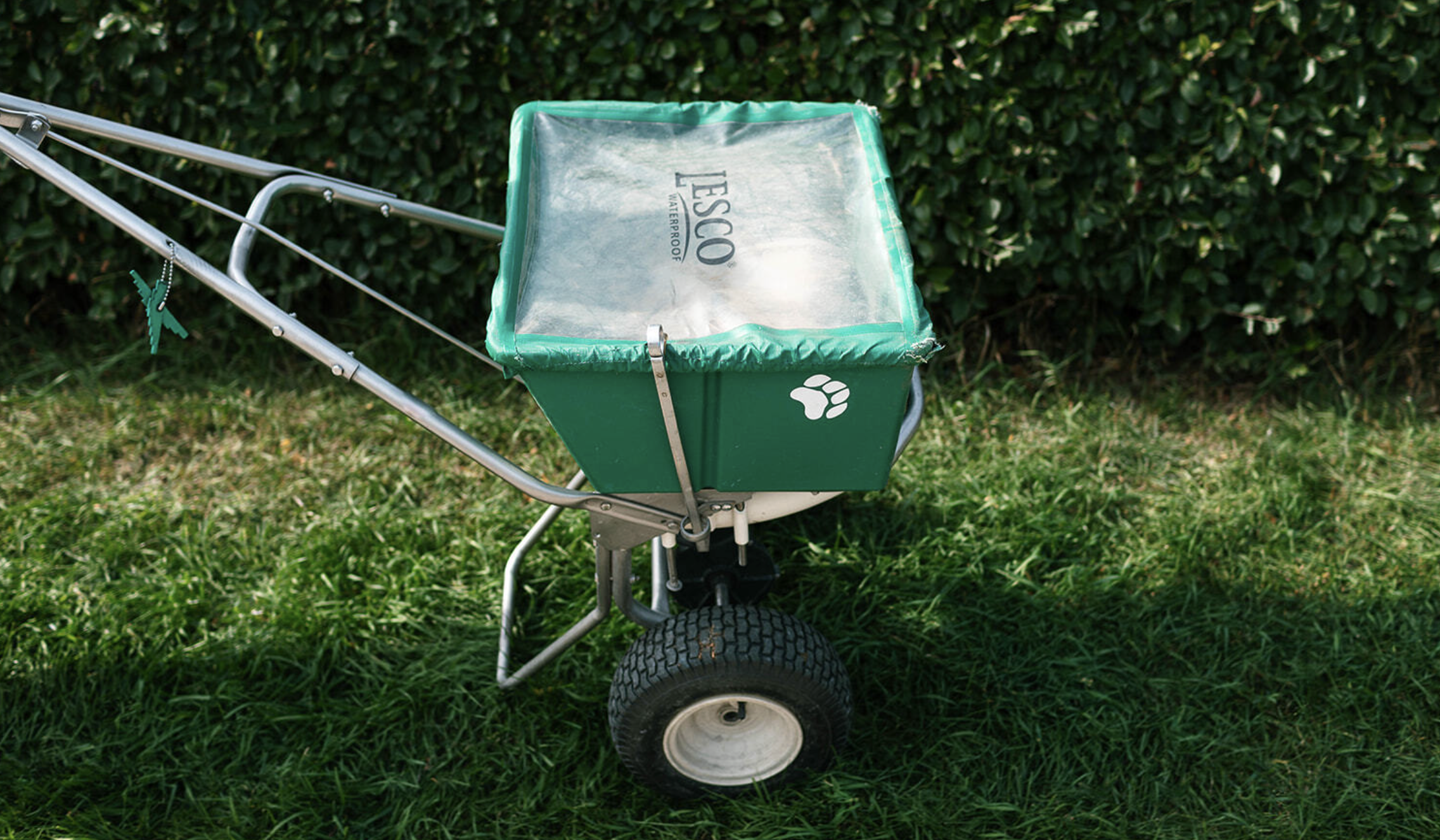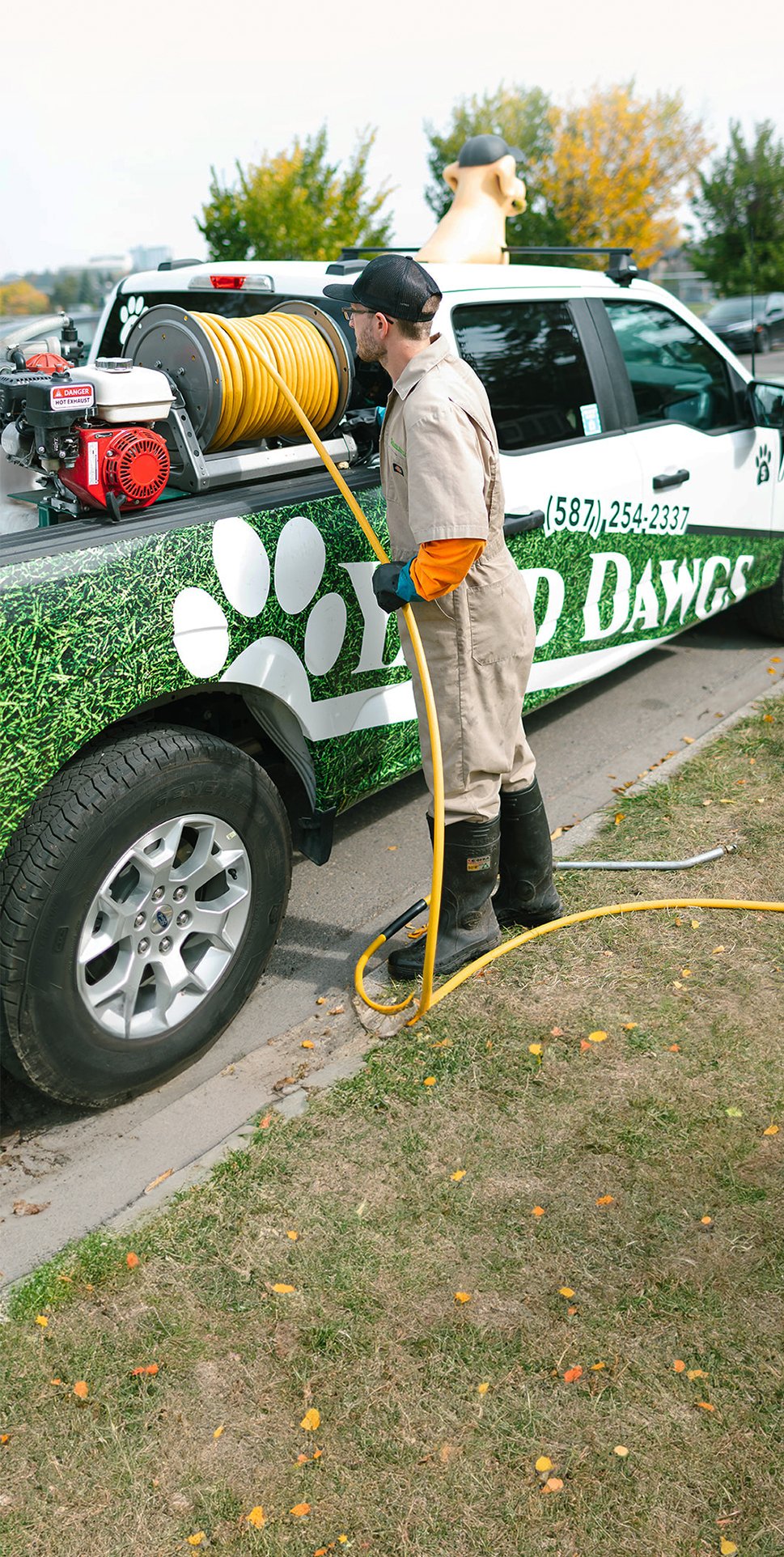Weeds on your lawn are like acne on your face; completely natural, yet we’d all prefer if they didn’t exist. There are many plants on this planet that 99% of people consider to be a weed.
It’s not that these weeds are bad or do terrible things, but they do compete and invade areas where you don’t want to necessarily see them. They’re considered to be eyesores when you have a green lawn with some yellow heads popping up.
Where it can get more problematic than just basic beauty is how in nature, it’s always a competition for sunlight, nutrients, and water. If you let the weeds grow and multiply, they will eventually takeover the lawn as they are more versatile than grass in nature. However, there are several ways to fight back!

1. Have A Consistent Mowing Schedule
A well-cut lawn is a healthy lawn because like most organic species, grass reacts and adapts to its environment. When you cut your lawn on a consistent, predicable schedule, your lawn handles the dependable trims well since it’s not needing to stress about losing too much of its length, and it knows that it’s okay to keep growing and thriving because it will be cared for.
Mowing your lawn consistently means every 4-8 days during the fast growing months of spring, and every 10-14 days until the lawn stop growing in late fall. Blades of grass that are cut more than 1/3 of their length go into shock because it’s a massive change to their biology. Instead of thinking of “growing” they start thinking about “preserving energy” and staying alive.
When you mow often you’re giving your lawn the signals that this is just a maintenance cut, not an entire overhaul. Your lawn responds by focusing on thriving in a lush green way.
2. Prioritize Having A Healthy Lawn
To get the weeds gone and gone for good, you don’t just spray liters upon end of herbicide on it, you take a step back and work on the cause, not just the effect.
Having a beautiful lawn comes from a healthy balance proper hydration, decompaction, nutrients, and sunlight. These can be achieved by doing the following:
Water Your Lawn Regularly:
Depending on what season you’re in, your lawn can get quite thirsty and rain comes and goes with unpredictability. Letting mother nature run its course isn’t enough because remember, if you did nothing, you’d have a lawn of many weeds and wild grasses, not your golf green turf.
In cooler climate areas, a common grass is Kentucky Bluegrass or Rye grass. A good rule of thumb, which may be the solution for your lawns watering needs is to ensure your soil gets 1 inch of water, at least 3 times per week. This can be achieved by putting a frisbee upside down under your sprinkler and waiting until its filled before your set up the sprinkler in the next section.
A couple “binge” watering sessions during the week instead of every day light watering is better for your lawn as it promotes deep root growth.
Aerate Your Lawn Twice Per Year:
Running an aerator on your lawn is one of the best practices you can do for your grass. A lawn care secret golf courses keep to themselves is that they will aerate their lawn 4+ times per season. Each time you aerate, you de compact the top layer of your ground, you create hole gaps for water and nutrients to fall into, and you’ve exposed your turf’s roots to direct airflow.
These combined give your lawn a massive advantage by increasing water, sunlight, seed, and nutrients.
Seed Your Lawn in The Spring and Fall:
Like any living organism, grass is constantly aging and will eventually die. Each year you should add new, high-quality grass seed. That way, intermingled within your established grass, new seed will grow. This will make sure your lawn always looks young and that new grass will always continue despite the annual “thatch” that your lawn natural will produce.
Maintain a Regular Fertilizer Schedule:
By giving your lawn “food” to grow and thrive throughout the season, you are constantly making it thicker and thicker. Weeds are always fighting to get more sun and more water. The thicker your grass is, the less room weeds have to establish themselves and they being to starve as they simply cannot compete with thriving grass.
3. Use Weed Control Only When Needed
The long term plan is to have your lawn’s health totally under control so that you don’t have a need for weed control down the line. However, when starting out, there will be some nasty weeds that just need to be killed to help your grass thrive.
For this, use a “selective” herbicide which means the weed control kills the unwanted common weed, but won’t kill your grass. Products like these come in concentrated, and diluted forms usually under the name “Killex” and “Weed B Gone”.
The active ingredient that gets the job done in these is 2, 4-D. A homeowner can expect to go through about two to three 4L jugs of diluted product per season when they are first starting out. These retail for about $40 CAD from your local hardware store. Down the line, if your grass is healthy and really thriving, you won’t be going through more than a 4L jug per season.
Weeds are nutrients thieves for lawns. The more you neglect the weeds on your lawn, the more fertilizer and water you will need to apply to ensure your grass is getting it, and not just the weed.
Burning can occur if sprayed too often, and it’s very important to keep pets and children off the lawn under the product has dried (typically in twelve hours). The weed control is foliar application which means it must be sprayed onto the leaf, not the root of the weed as that’s where it is absorbed.
4. Get Your Neighbors Involved In The Fight
The reality is, no matter how much time, effort, and money to invest into your lawn care, if your neighbor’s lawn is covered with weeds, the wind will naturally spread them to your property. Weeds that are constantly seeding and spreading to your property are new weeds that need to be dealt with.
A neighborhood with homeowners that take care of their properties has increased value and reputation. You can also use this to your advantage! If you choose to book lawn services with a company, make sure you ask if some neighbor discounts are available if 2, 3 or 4 of your all sign up at the same time.
If you would still prefer to do it yourself, consider renting an “aerator” for the day from Home Depot for about $80-120. Have everyone split the cost and take turns aerating your lawn with the machine. Just remember that an aerator does weigh about 300 lbs.
Although weeds are 100% natural, they 100% suck. You don’t need a PhD in horticulture to have a beautiful lawn all summer, but you do need to know that there are concrete steps one can take to win the battle against weeds.
Never forget, that it’s an ongoing fight. No lawn can be weed free with zero effort on behalf of the home owner. However, the more you work at giving your lawn everything it needs to thrive, every single year will get easier and easier to enjoy a green, thick, weed free turf.
Whatever you put in, as long as your using the right products, at the right time, with the right tools, you will get out. Having a beautiful lawn is the icing on the cake for your home. It gives you a sense of pride and shows the neighborhood that you’ve got your ducks in a row.
Weed Free Lawn: Conclusion
Although weeds are 100% natural, they 100% suck. You don’t need a PhD in horticulture to have a beautiful lawn all summer, but you do need to know that there are concrete steps one can take to win the battle against weeds. Never forget, that it’s an ongoing fight. No lawn can be weed free with zero effort on behalf of the homeowner. However, the more you work at giving your lawn everything it needs to thrive, every single year will get easier and easier to enjoy a green, thick, weed free lawn. Whatever you put in, as long as you’re using the right products, at the right time, with the right tools, you will get out. Having a beautiful lawn is the icing on the cake for your home. It gives you a sense of pride and shows the neighborhood that you’ve got your ducks in a row.





.png)

